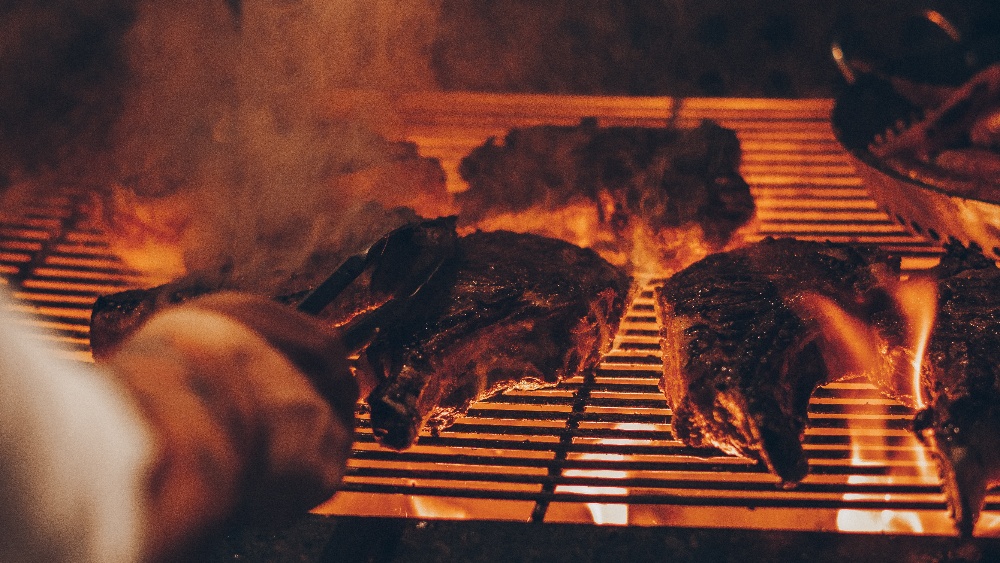
Up until a few decades ago, the dry method was, as it always had been, the only method of aging meat. Things changed in the 1960s. When vacuum packaging was invented, wet aging became the preferred method. In spite of the difference in taste of wet aged meat, the process causes much less shrinkage, making meat more profitable for retailers.
Dry aged meat never quite disappeared, though. The demand for its unique flavor and texture is still steady. In fact, the market for dry aged meat is bound to grow in the next few years.
We've previously talked about the basics of dry aging beef and the characteristics of a dry aging room, and in this article we’ll dig more into the three most important aspects of dry aging – aging conditions, flavor and profitability - using the excellent guide Dry-aging of Beef by Jeff W. Savell, Ph.D.
Conditions
There’s no fixed rule regarding the amount of dry aging days, which usually go from 14 to 35. The exact number will largely depend on experience and personal preferences.
Temperature and humidity, however, will need to be under stricter control. Temperature should be between 34°F and 37°F and humidity around 80%. If temperature is below freezing, essential enzymatic processes will stop, while too low humidity will make meat shrink too much. At the other end, when temperature and humidity are too high, meat may develop undesired flavors and odors.
Flavor
As Savell found in his overview, wet and dry aged meat develop different tastes. Research shows that dry-aged meat has significantly higher beefy and brown/roasted flavor, while wet aged meat has a significantly higher bloody/serum-like, sour and metallic flavor.
Preference of one over the other is of course a matter of personal taste. However, for dry-aged meat 14 days seems to be the minimum amount required to develop its typical flavor. 14 days also seems to be the minimum amount of time for dry aged meat to become more tender. Leaving meat for more days will give diminishing returns. Juiciness, however, seems to keep improving steadily over time.
Profitability
Even though dry aged meat can lose up to 6.5% of its weight, its premium price more than makes up for it. One of the best ways to make dry aging even more profitable is to use an extremely efficient temperature and humidity control system.




